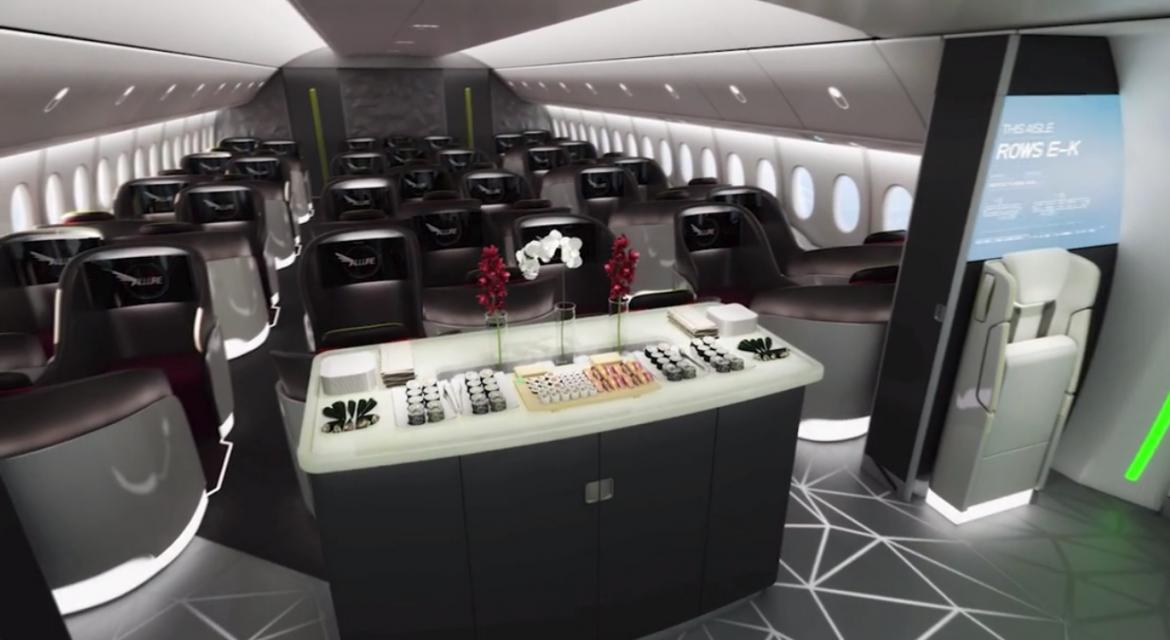Boeing believes 45% of its prior orders for the 777X could be at risk of being terminated, potentially forcing it to further reduce production of the massive new passenger jet. The Chicago-based. Boeing’s newest problem involves the 777X, a larger version of the long-range 777 that will feature new engines and composite wings that fold near the wingtips to accommodate limited space at. Boeing 777X expected deliveries from backlog have come down by 118 units. Adjustment when turned into contract termination hits Boeing 777X program with $22B value reduction.
- Boeing’s 777X Charge, 787 Woes Make Max the Key to Turnaround By. January 27, 2021, 7:59 AM EST Updated on January 27, 2021, 3:50 PM EST 5:07. Boeing’s 777X Charge, 787 Woes.
- 17 hours ago MIAMI – Emirates Airlines (EK) is considering switching between 30 to 40 of its Boeing 777x orders for those of the smaller Boeing 787 Dreamliner. This is more than a third of the airline’s initial 777x order. Though COVID-19 has had a massive impact on the demand for twin-aisle aircraft, EK had previously swapped 777X orders for the Dreamliner before the pandemic even began.

Boeing has revised its development schedule for the 777X to reflect a late 2023 first delivery and resumption of shipments of the 787 Dreamliner late in the first quarter as the company’s widebody programs continue to address technical snags and market softness. Speaking Wednesday during the company’s fourth-quarter 2020 earnings call, Boeing CEO David Calhoun explained that the 777X delay centers on three main factors, leading with an updated assessment of global certification requirements influenced by the 737 Max grounding.
“We’re working closely with global regulators on all aspects of 777X development,” said Calhoun. “This involves listening to all their feedback and applying lessons learned from our experiences on the 737 Max program recertification and applying it to our 777 certification plans. It also involves making prudent design modifications as necessary to meet the various global regulators' expectations.”
As part of its assessment, Boeing decided to make “certain modifications” to the aircraft design involving both software and hardware changes to the actuator control electronics, he explained, reflecting the company’s “current judgment of global regulators compliance expectations.”
Boeing 777x Cabin
Calhoun also named downward long-term expectations for passenger traffic brought about by the Covid pandemic on long-haul routes, in particular, shifting 'to the right' the anticipated replacement wave of widebodies in the capacity range of the 777X. Finally, the 777X’s customers have asked for delivery deferrals directly due to their projections for their own fleet needs over the coming few years.
“These broader market factors, coupled with our conversations with our customers about preferred delivery timing, informed our current assumptions,” noted Calhoun. As a result, Boeing took a $6.5 billion accounting charge during the fourth quarter and changed its program assumptions to reflect a 50-unit reduction in program accounting quantity, from 400 to 350 airplanes. Still, Boeing projects a market for 1,500 large widebodies in the category of the 777X over the next 20 years.
Separately, continuing inspections and rework of body join on 80 Dreamliners in inventory has forced the company to delay the re-start of deliveries of that widebody from the end of last year to “late in the first quarter” of this year, reported Calhoun. Last September Boeing found that mechanics clamped together certain components in the horizontal stabilizer with greater force than required by engineering specifications. The mistake could result in improper gap verification or shimming as workers assemble the component. That issue further slowed deliveries as the company performed special inspections to address imperfections in fuselage skins and shimming problems within some of the airplanes’ aft fuselages first discovered in 2019. On Wednesday, Calhoun didn’t identify the exact location of the body join problems that led to a halt in deliveries in the fourth quarter, noting only that they didn’t present a safety-of-flight issue.
“Since last quarter, we've expanded the scope of those inspections, including work done at our supplier partners,” he said. “Our assessment shows that none of the issues identified represent safety-of-flight concerns.'
Boeing 777x Range
“We've been able to determine the resolution for the majority of previously identified areas, including our major join sections,' added Calhoun. 'In some cases, this requires inspections and rework while in other areas, no further action is required. We've made good progress and are now completing an analysis on a few remaining areas to validate the next steps. As we see it today, this work may take a few more weeks, but we will provide our engineers the time they need to complete that analysis. We are implementing changes in the production process to ensure newly built airplanes, meet our specifications and do not require further inspection.”
Calhoun further confirmed that Boeing would not deliver any 787s this month and just a few, if any, in February. Boeing plans to reduce production to five airplanes a month in March, when it fully consolidates final assembly to its plant in Charleston, South Carolina.